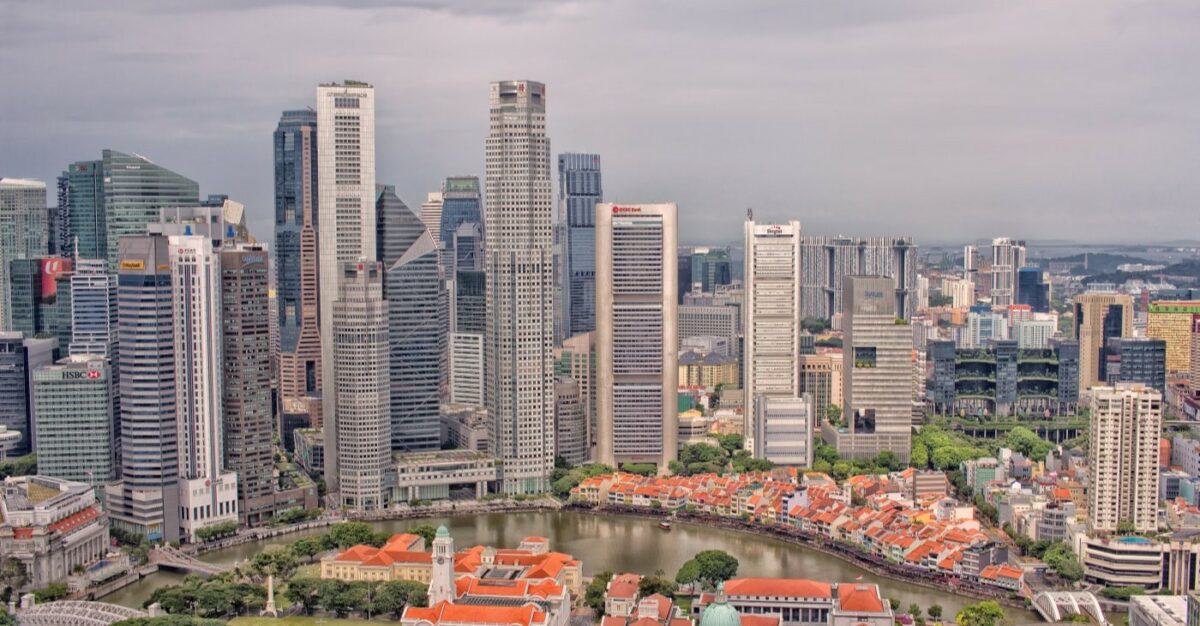On 23 January 2020, the Ministry of Manpower released a Report: Singapore Citizens in the Labour Force, an occasional paper which analyses the performance of Singapore citizens in the labour force and changes over time. In this case, the report drew from the Comprehensive Labour Force Survey to remark on changes in the Singapore labour situation from 2009 to 2019
On 23 January 2020, the Ministry of Manpower released a Report: Singapore Citizens in the Labour Force, an occasional paper which analyses the performance of Singapore citizens in the labour force and changes over time. In this case, the report drew from the Comprehensive Labour Force Survey to remark on changes in the Singapore labour situation from 2009 to 2019.
The ministry last released such an occasional paper in 2011 with data for the full decade to 2010. The next release was planned for next year to take in the full decade to 2020, but it has now been brought forward.
Most importantly, the report showed positive employment outcomes for Singaporeans over the last decade, with employment rate and real median income of Singaporean citizens increasing while the unemployment rate remained largely stable.
This held for both citizen and resident employment data, though the data can be expected to diverge over time. Employment outcomes for citizens may be slightly lower than those of the wider resident population because people usually have to show good employability to get PR status, the Straits Times reported.
Over the last decade, the employment rate of Singaporean citizens rose from 60.0% in 2009 to 63.6% in 2019, an increase of 3.6%. The increase was led by workers aged 65 or older, as a result of efforts to raise employability of older workers. However, the employment rate for those ages 25-64 slowed from 2015 onwards as members of this age bracket grew older.
Occupation-wise, the number of PMETs amongst citizens increased steadily from 47.4% in 2009 to 55.8% in 2019, an increase of 8.4%. The Straits Times noted that this is in line with the Economic Development Board’s (EDB) assertions that foreign investment has created many jobs in this category.
Regarding gross monthly income, Singaporean citizens enjoyed faster income growth from 2014 to 2019. The real median income growth for full-time employed Singaporean citizens from 2014 to 2019 was 3.9% p.a., an increase from 2.1% p.a. in 2009 to 2014. In this case, gross monthly income from work means gross monthly wages or salaries before deduction of CPF contributions and personal income tax. Thus, on average Singaporeans enjoyed steady income growth in the last 10 years, with median monthly income rising to $4,333 last year.
Lastly, the Singapore citizen unemployment rate has been broadly stable, averaging 3.1% from 2010 to 2019. While the unemployment rate across most age groups was lower than average, younger citizens below 30 reported a higher unemployment rate of 6.2%. This reflects their unique position as new entrants in the labour market, who may be searching for jobs or exploring career options. In contrast, while the unemployment rate of older citizens was lower than average, they tended to remain unemployed for longer. The long-term unemployment rate for older citizens (ages 50 years and older) was 0.8%, higher than the 0.7% average.
However, unemployment for Singaporeans increased to 3.3% last year, as compared to 3% in 2018. CNA reported that NTUC assistant secretary-general Patrick Tay said that structural challenges such as skills and jobs mismatches continue to be the main cause of unemployment in Singapore.
This opinion was shared by Manpower Minister Josephine Teo, who was quoted by Straits Times to be of the opinion that last year’s unemployment rates “are a concern but they are not alarming”. “We must remember the context of better-than-expected employment growth and the absence of a spike in retrenchments. When you put the three together, this suggests that the challenge is not primarily lack of job creation but possible job-skills mismatches,” she said.
The conclusion is that a higher proportion of Singaporean citizens are in employment compared to ten years ago, with more citizens in PMET jobs as education levels also rose.
Photo by Ray in Manila





